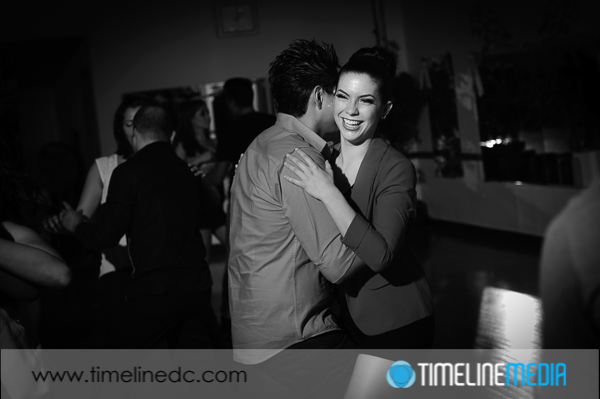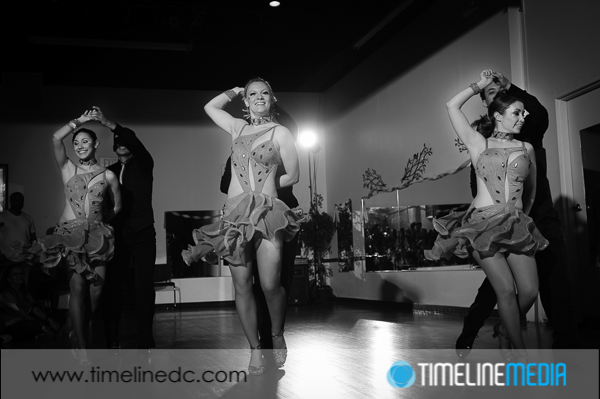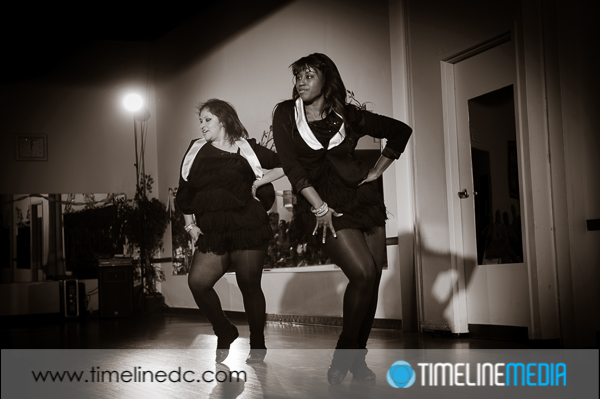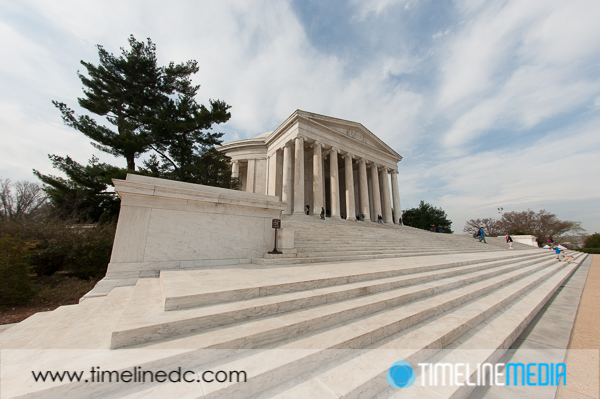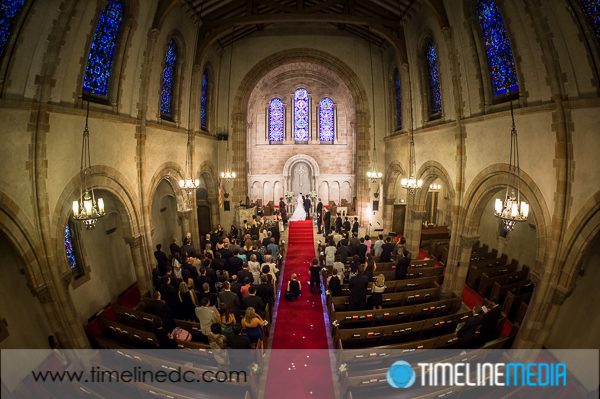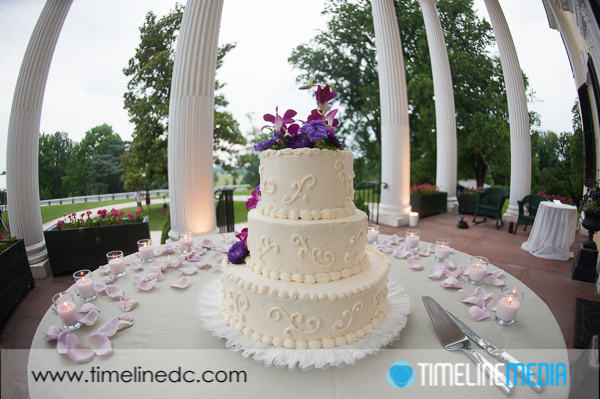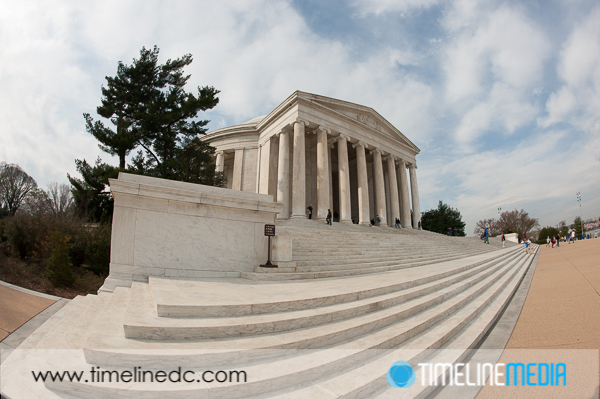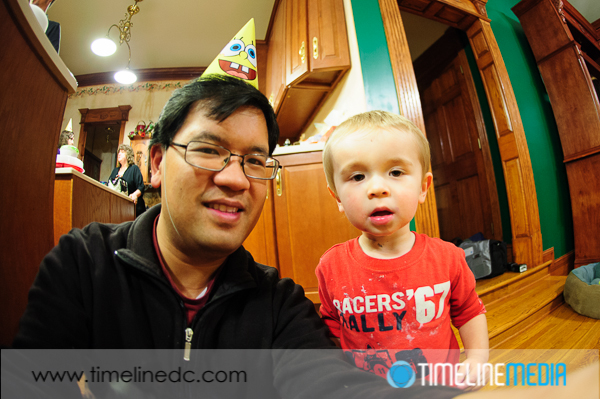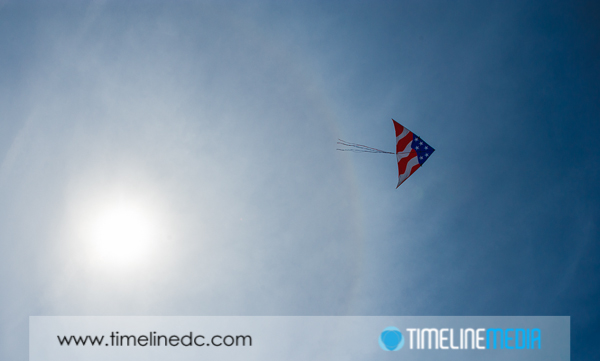
With Adobe Lightroom, it is very easy to sort your photos by all kinds of metadata. You can have the program show you photos that only meet certain criteria. Thus, you can gain some interesting insights into your photography. Very quickly, you can see what your “favorite” lens, camera, aperture, or shutter speed is just by looking at the raw numerical data. In college, I had a lot of training in reviewing scientific data, so having this metadata available for my photography is really cool!
Adobe Lightroom
This time, I have looked at the shutter speed of all of my favorite 19000+ photos that I have kept from all of my shoots since 2004. These two photos were examples of the highest shutter speed allowed by the Nikon cameras that I use. The first is a little expected – a kite flying by the overhead sun. This was at the kite festival on the National Mall which seemed appropriate for an American-flag flyer.

The second was a little more unexpected for me – a bride in an open field just after her wedding. It was a beautiful late spring day, and the sun was out, but I don’t recall it being that bright! There was some nice shady trees behind her, and behind me, so maybe that is what I am remembering. In looking at the Lightroom adjustments, this photo did not have to be “recovered” by pushing the Exposure slider either, so this is how the photo came out of the camera.
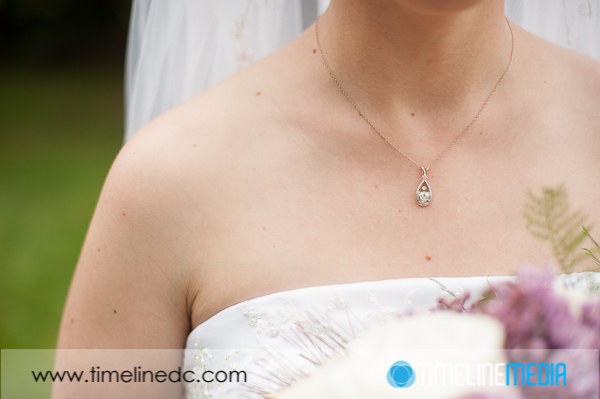
Shutter Speed
These next two show the slowest shutter speeds I have in my portfolio. This first one was exposed for 30 seconds. This is about the limit you can keep the shutter open before the moon and the stars start to lose their roundness, and start to smear light across the frame. Even with the long exposure, the photo needed to be pushed 1.5 stops higher in software to get it like this:
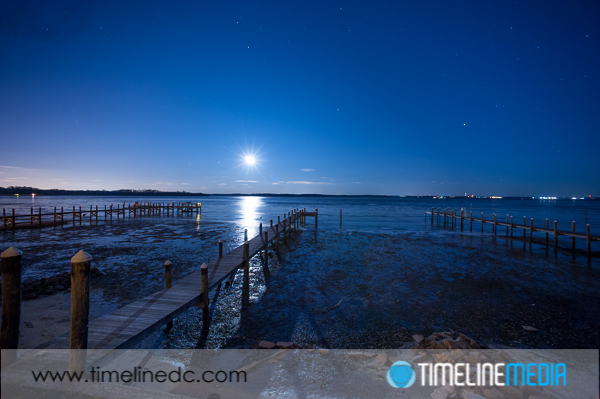
This last photo is the longest exposed photo in the collection – exposed for 1378 seconds – almost 23 minutes! I was attempting to make a star trail photo in the country. There were some clouds that moved through that you can see as the white streaks on the left. This was my only real attempt to do this as there is too much light pollution to do this near my home. Unfortunately, I did not get the North Star to center the photo, and there are too many sensor spots going through the trails to really show this on a larger scale. Guess I will have to try it again sometime. Take a look through your photos and see what lies at the extremes of your shutter speed scale.
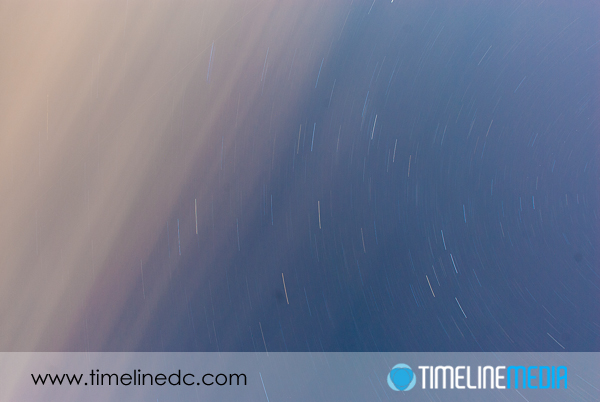
TimeLine Media – www.timelinedc.com
703-864-8208

